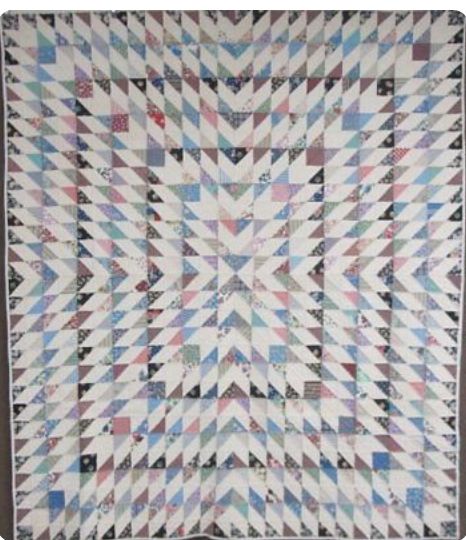In Episode 30, Eula gets a visit from an old friend and wonders if her farm dreams will ever come true.
I’ve said it before, but I’ll say it again: Friendship Album, 1933 does not show the darkest side of the Great Depression. Bess’s financial woes are rooted in the loss of her husband (and by extension, his salary) not Great Depression Economics, and times have always been hard for Dorothy and her family, regardless of the market. It’s Eula whose life has been most affected by the market crash and the drop in crop prices.
Throughout the story, Eula’s dream has been to buy another farm for her family; this is her prime motivation for entering a quilt in the Sears Quilt contest. But in Chapter Forty-One, a visit from an old friend makes Eula reconsider this path. Many of their friends back in New Bethel are being hit by foreclosures or are having to walk away from their land.
When I was researching this chapter, I was struck by a story about how corn prices had dropped so low that farmers burned corn cobs for heat instead of trying to sell their crops. I included this in a discussion that Dan and Eula have after Eula’s friend’s visit. Can you imagine working all spring and summer to grow a crop, and then have it turn out to be worthless?
The history of farming in America during the 1920s and ’30s is filled with recessions, depressions, foreclosures, and one of the U.S.’s most significant man-made natural disasters, the Dust Bowl. It’s a harrowing history, and one that seems to repeat itself periodically.

It’s interesting how popular quilting became during this time. Merikay Waldvogel wrote a wonderful book about quilting during the Great Depression called Soft Covers for Hard Times that I highly recommend (for the pictures alone!).
For an interview with Merikay, follow this link: https://www.collectorsweekly.com/articles/the-history-of-american-quiltmaking-an-interview-with-merikay-waldvogel-part-one/


